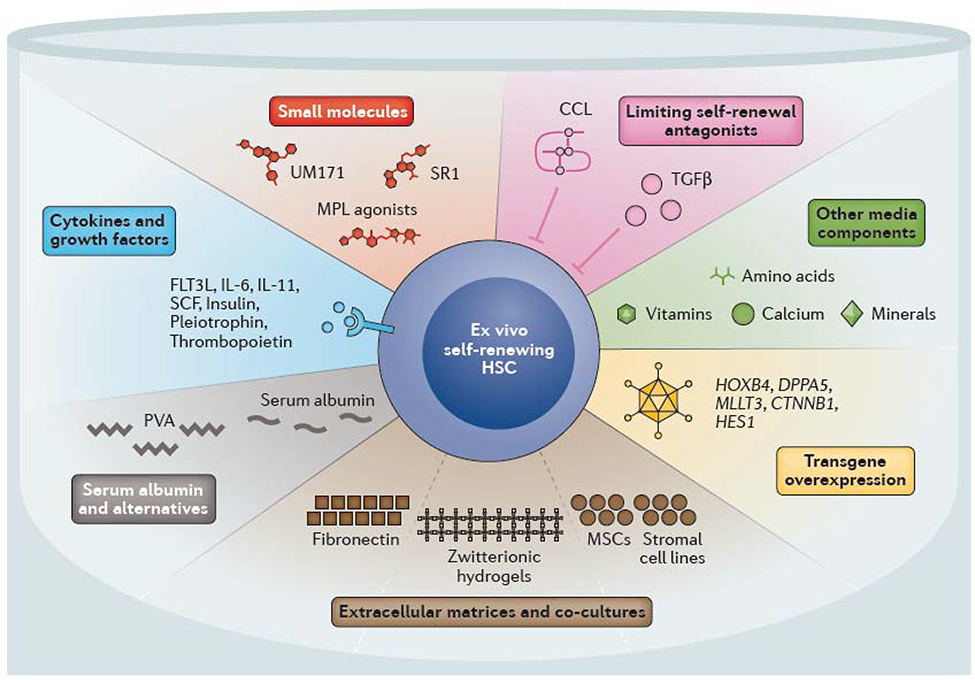Figure 3 |. Components of ex vivo HSC culture systems.
Multiple strategies have been developed to support ex vivo haematopoietic stem cell (HSC) self-renewal. Many of the cytokines and growth factors that have been found to regulate in vivo self-renewal have been used to promote ex vivo self-renewal, including thrombopoietin and stem cell factor (SCF, also known as Kit ligand). Multiple small molecules and agonists have been identified that mimic or promote self-renewal in combination with these cytokines and growth factors. Specifically, StemRegenin 1 (SR1) and UM171 promote expansion of human cord blood HSCs. Other strategies include preventing the accumulation of endogenous self-renewal inhibitors, including transforming growth factor β (TGFβ) and C-C motif chemokine ligands (CCLs) by batch fed culture methods or complete media changes. Changes in other media components also influence ex vivo HSC stability (for example, low calcium levels promote HSC maintenance). Serum albumin has long been used in HSC culture and expansion systems, although it can can be replaced with polyvinyl alcohol (PVA). Extracellular matrices consisting of fibronectin or hydrogels and/or co-culture with mesenchymal stem cells (MSCs) or stromal cells can also help to promote HSC self-renewal. Genetic perturbations, including overexpression of transcription factors such as MTTL3 (AF9), homeobox protein Hoxb4 and developmental pluripotency-associated protein 5A (Dppa5) as well as upregulation of signaling pathways (Notch and Wnt) also promote ex vivo HSC self-renewal. CD117, Scf receptor Kit; FLT3L, FMS-like tyrosine kinase 3 ligand; IL, interleukin; MPL, myeloproliferative leukemia protein, also known as thrombopoietin receptor.

